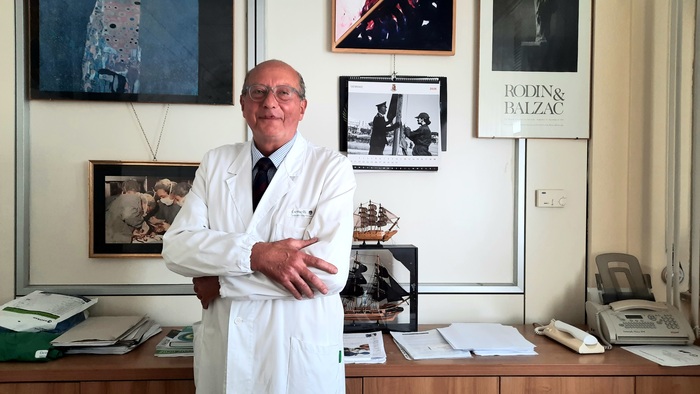(ANSA) – ROME, 04 MAY – In the night between 29 and 30 April, a liver transplant from a non-beating heart donor was performed at the Gemelli Irccs hospital. It’s the first time for Gemelli and the second time this has happened in Lazio. The recipient is a 70-year-old patient suffering from liver cirrhosis with hepatocellular carcinoma; the donor, a 56-year-old patient. “This type of donation – explains Professor Salvatore Agnes, Director of the Gemelli Transplant Center – still very little widespread in Italy (it represents about 5% of organ donations), could significantly increase the number of potential donors for 8 thousand people on the organ transplant list in our country. But it is a more complex procedure from an organizational point of view, for this reason, at the moment there are still very few Italian hospitals, almost all in the North, able to carry it out”.
In the case of the donor with a beating heart, even if the subject is deceased (as demonstrated by the verification of ‘brain death’), the heart and lungs continue to circulate oxygenated blood to all organs, which are therefore vital. Instead, in the donor with a stopped heart, death occurs due to cardiac arrest and, following this, the potential donor is subjected for another 20 minutes to monitoring of the electrocardiogram (or ‘thanatogram’, as required by the law for the verification of ‘death cardiac’). “At the end – continues Professor Agnes – a machine is positioned which allows oxygenated blood to be recirculated in the organs involved in the donation. Subsequently, the individual organs are removed and treated inside a perfusion machine. The element of additional complexity linked to the donation with a non-beating heart – concludes Agnes – derives from the fact that the organs are no longer perfused by oxygenated blood.For this it is necessary to proceed with the Ecmo (an oxygenating pump, similar to those used in the extracorporeal circulation of cardiac surgery) for two to three hours and, after the removal of the organs, to a sort of additional revitalization treatment”. The organs that can be harvested are mainly liver and kidneys.
(ANSA).
breaking latest news © Copyright ANSA

